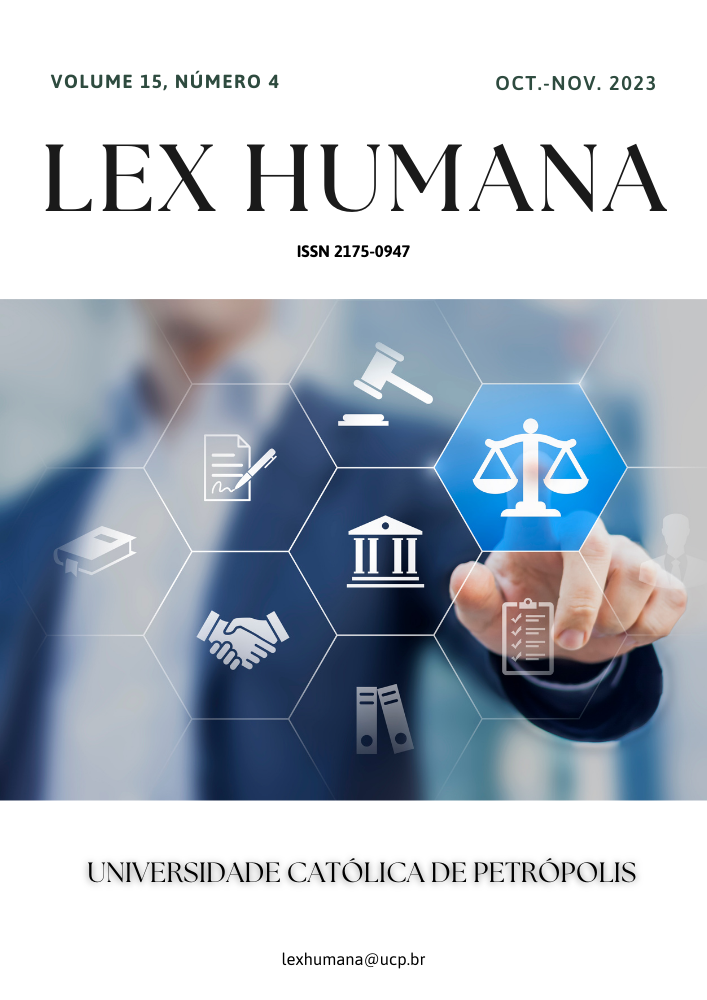Abstract
The controversy about the implementation of the Uniform Civil Code has been in news for more than seven decades now and there exist concoction of point of views, where on one hand Uniform Civil Code is supported citing National Integration as a reason whereas on the other hand its implementation presumes that it will be used as a tool to obliterate identity of the minorities of the country. This activist approach of the judiciary is a ray of hope as it has transformed into communal politics. With the rise of majority and minority fundamentalism, the secular consensus is getting diluted and communal violence is escalating. The inconsistency in personal laws has been challenged in the court of law on the touchstone of Article 14 and through judicial activism; the courts have turned in the direction to bring reformation to these laws. This article highlights the gender inequality that persists in different personal laws with respect to marriage and divorce and how reforming of personal laws is not a suitable way to ensure gender justice. The article also discusses the Uniform civil code of Goa and what are the loopholes in it. Finally, the article presents a model code with respect to marriage and divorce that can be adopted to prepare a Uniform Civil Code in India.
References
AGNES, F. FAMILY LAW VOLUME I: FAMILY LAWS AND CONSTITUTIONAL CLAIMS. 1.ED. OXFORD UNIVERSITY PRESS, 2011. 157P.
AGNES, F. Minority Identity and Gender Concerns. Economic and Political Weekly. v. 36, 2001. Available from: https://www.epw.in/journal/2001/42/commentary/minority-identity-and-gender-concerns.html. Access on: 16 January 2023
CHAKRABARTY, D. The Difference - Deferral of (A) Colonial Modernity: Public Debates on Domesticity in British Bengal. History Workshop Journal, v.5, 1993. Available from: https://doi.org/10.1525/california/9780520205406.003.0012 Access on 15 June 2023.
CHIBBER, S.A. Charting a New Path towards Gender Equality in India: From Religious Personal Laws to a Uniform Civil Code. Indiana Law Journal. v.83. 2008. Available from: http://ilj.law.indiana.edu/articles/83/83_2_Chibber.pdf. Access on 13 March 2023.
Constituent Assembly Debates, Dec. 1, 1948 7.64.90, 7.64.93 CONSTITUTION OF INDIA. Available from: https://www.constitutionofindia.net/constitution_assembly_debates/volume/7/1948-12-09.
Constituent Assembly Debates, Nov. 23, 1948 7.58.9145, 7.58.149 CONSTITUTION OF INDIA. Available from: https://www.constitutionofindia.net/constitution_assembly_debates/volume/7/1948-12-09.
CRAIG, P.; BGCRA, G.D. Eu Law: Text, Cases, And Materials. 4.ed. 2007.
French Civil Code, 2012
Gita Hariharan v. Reserve Bank of India, AIR (1999) SC 1149
Hindu Marriage Act, 1955.
Indian Penal Code, 1870.
INSIGHTSIAS. The Big Picture – Uniform Civil Code: What’s The Agenda?. 2015. Available from: http://www.insightsonindia.com/2015/10/16/the-big-picture-uniform-civil-code-whats-the-agenda/. Access on: 7 April 2023.
IYER, V.R.K. THE MUSLIM WOMEN (PROTECTION OF RIGHTS ON DIVORCE) ACT. Eastern Book Company, 1987.
JAIN, M.P. INDIAN CONSTITUTIONAL LAW.7. ED. 2015. 1430P.
JAMIL, N. Is Goa Civil Code the Answer to India’s sexist laws, FEMINISM IN INDIA. 2018. Available from: https://feminisminindia.com/2018/11/09/goa-civil-code/. Access on 14 March 2023.
John Vallamattom v. Union of India, (2003) 6 SCC 611,
Jose Paulo Coutinho v. Maria Luiza Valentina Pereira, (2019) SCC Online SC 1190
KISHWAR, M. Pro Women or Anti Muslim, The Shah Bano Controversy. Manushi. no.32, p.12, 1986.
MAHAJAN, G. Why the West offers no models for a Uniform Civil Code. 2017. Available from: https://timesofindia.indiatimes.com/india/why-the-west-offers-no-models-for-a-uniform-civil-code/articleshow/60522634.cms. Access on: 23 July 2023.
MASHHOUR, A. Islamic law and gender equality- Could there be a common ground?: A study of divorce and polygamy in sharia law and contemporary legislation in Tunisia and Egypt. Human Rights Quarterly. v.27. p. 568. 2005. Available from: https://www.jstor.org/stable/20069797?seq=1.
Mohd Ahmed Khan v. Shah Bano Begum and Ors, AIR 1985 SC 945.
MUSTAFA, F. Explained: Why Goa’s Civil Code is not as uniform as it is made out to be. 2021. Available from: https://indianexpress.com/article/explained/why-goas-civil-code-is-not-as-uniform-as-it-is-made-out-to-be-7279365/. Access on: 18 July 2023.
National Textile Workers v. PR. Ramkrishnan and Others, 1983 AIR 75.
PARASHAR, A. WOMEN AND FAMILY LAW REFORM IN INDIA: UNIFORM CIVIL CODE AND GENDER EQUALITY. Sage Publications, 1992. 62p.
Portuguese Civil Code, 1867
Report No. 21, Law Commission on Protection of Institution of Marriage, Government of Goa, March 2012. Available from: http://goalawcommission.gov.in/reports/report21.pdf.
SAHELI. Egalitarian Civil Code: An Issue of Gender Justice. 1995. Available from: https://sites.google.com/site/saheliorgsite/. Access on 3 April 2023.
SAMADDAR, R. THE POLITICS OF AUTONOMY: INDIAN EXPERIENCES. Sage publication, 2005.
SATHE, P. UCC: Implications of Supreme Court Intervention. Economic and Political Weekly. v. 30, 1995. Available from: https://www.epw.in/journal/2001/42/commentary/minority-identity-and-gender-concerns.html. Access on: 10 December 2022
SEN, S, Motherhood and Mothercraft: Gender and Nationalism in Bengal. Gender & History. v.5, p.233, 2007.
Sesharathamma and Anr v. Thota Manikyamma, 1991 SCC (4) 312.
SHARMA, R.K. Indian Society: Institutions and Change. Atlantic Publishers, 2004. 135p.
Shayara Bano v. Union of India, (2017) 9 SSC 1.
State of Bombay v. Narasu Appa Mali, AIR. (39) 1952 Bombay 84.
The Constitution of India, 1950.
WORLD ECONOMIC FORUM. The Global Gender Gap Report. 2022. Available from: https://www.weforum.org/reports/global-gender-gap-report-2022. Access on: 30 March 2023.
VANITA, R. Homosexuality and Hinduism. Gay and Lesbian Vaishnava Association. Available from: http://www.galvaio8.org/hinduism.html. Access on July 3. 2023.
Wards and Guardianship Act, 1890.
WESTERMARCK, E. The Origins and Development of Moral Ideals. 2nd ed. London:
Macmillan and co., 1906, p. 35-48.
WILLS, M. The long history of Same Sex Marriage. Jstor Daily. June 2 2022. Available from: https://daily.jstor.org/the-long-history-of-same-sex-marriage/. Access on June 5. 2023.
WORLD HEALTH ORGANIZATION. Gender and Heath. Available from: https://www.who.int/health-topics/gender#tab=tab_1. access on June 25. 2023.

This work is licensed under a Creative Commons Attribution-NonCommercial-NoDerivatives 4.0 International License.
Copyright (c) 2023 Lex Humana (ISSN 2175-0947)

